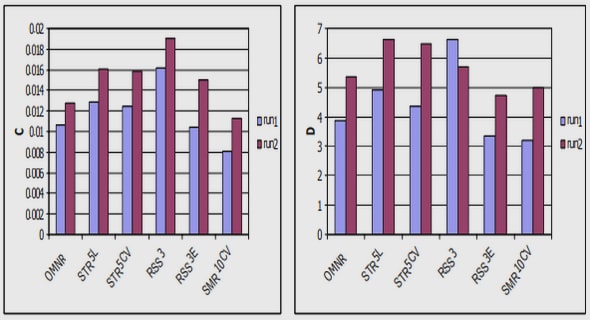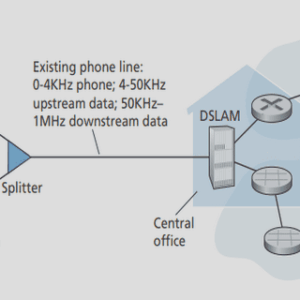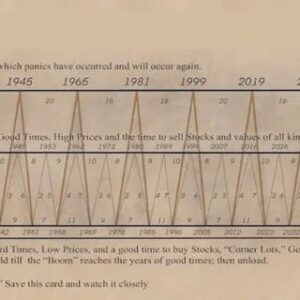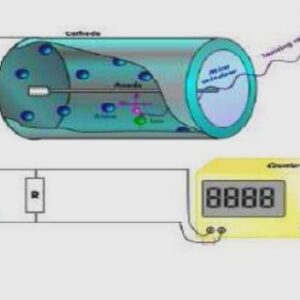(Downloads - 0)
For more info about our services contact : help@bestpfe.com
Table of contents
GENERAL INTRODUCTION
CHAPTER 1: STATE-OF-THE-ART AND OBJECTIVES OF THE STUDY
Introduction
I.1. Lithium-ion battery presentation
I.2. Aging of Li-ion batteries
I.2.1. Aging mechanisms on the negative and positive electrode
I.2.2. Degradation modes on the electrodes
I.2.3. Aging modes
I.2.4. OCV measurements at different aging states
I.3. Prognosis of lithium-ion batteries SOH and OCV
I.3.1. One-tank OCV and aging models
I.3.1.1. One-tank OCV model
I.3.1.2. One-tank capacity aging model
I.3.1.3. One-tank aging models limitation
I.3.2. Dual-tank OCV and aging models
I.3.2.1. Dual-tank OCV model
I.3.2.2. Dual-tank aging model
I.4. Purpose of this thesis
CHAPTER 2: MOBICUS PROJECT PRESENTATION AND EXPERIMENTAL AGING RESULTS
INTRODUCTION
II.1. MOBICUS PROJECT
II.1.1. Presentation and aims of the project
II.1.2. Production Gr/NMC-LMO cell and coin cells manufacture
II.1.2.1. Production cell characteristics
II.1.2.2. Coin cells manufacture
II.2. Protocol of check-up on 43 Ah Gr/NMC-LMO for aging tests
II.3. Aging campaign and experimental results
II.3.1. Experimental measurements of the cell SOH
II.3.1.1. Fixed calendar conditions
II.3.1.2. Thermal cycling, fixed SOC
II.3.1.3. Variable SOC, fixed temperature
II.3.2. Experimental measurements of the cell voltage at C-10
CHAPTER 3: ONE-TANK AGING MODEL
Introduction
III.1. MOBICUS aging model
III.1.1. MOBICUS aging laws
III.1.1.1. Degradation rate 𝐽𝑐𝑎𝑙
III.1.1.2. Degradation loss function 𝑓𝑑𝑒𝑔
III.1.2. Identification of the parameters of the MOBICUS aging model
III.1.2.1. Identification method and results
III.1.2.2. Experimental and simulated cell SOH from the MOBICUS aging model
III.1.2.3. MOBICUS aging model error
III.1.3. Model validation
III.2. One-tank aging model
III.2.1. One-tank aging model laws
III.2.1.1. Degradation rate 𝐽𝑐𝑎𝑙
III.2.1.2. Degradation loss function 𝑓𝑑𝑒𝑔
III.2.2. One-tank aging model parameters identification
III.2.2.1. Identification method and results
III.2.2.2. Experimental and simulated cell SOH from the one-tank aging model
III.2.2.3. One-tank aging model error
III.2.3. Validation of the one-tank aging model
III.3. Comparison of the MOBICUS aging model prediction versus One- tank aging model
III.3.1. Identification process at 60°C and 65% of SOC
III.3.2. Validation process for the thermal cycling condition at SOC 65%
Conclusion
CHAPTER 4: STUDY OF A COUPLING BETWEEN A DUAL-TANK OCV MODEL AND CALENDAR EMPIRICAL AGING MODEL
Introduction
IV.1. Dual-tank OCV model
IV.1.1. Model presentation
IV.1.2. Parameter’s identification of the dual-tank model
IV.1.2.1. Identification method
IV.1.2.2. Dual-tank parameters evolution with aging
IV.1.2.3. Validation from the literature
IV.1.2.4. Influence of the degradation path
IV.2. Dual-tank aging model
IV.2.1. Dual-tank aging model equations
IV.2.2. Parameters identification
IV.2.2.1. 𝐶𝑝𝑜𝑠 aging model parameters identification
IV.2.2.2. 𝐶𝑛𝑒𝑔 aging model parameters identification
IV.2.2.3. 𝑂𝐹𝑆 aging model parameters identification
IV.2.3. Aging model validation
IV.3. Evolution of the dual-tank model parameters with aging
IV.3.1. Simulation of the calendar aging condition at T=45°C and SOC=65%: reference case
IV.3.1.1. Aging evolution of the dual-tank OCV parameters and full cell capacity.
IV.3.1.2. Evolution of the positive and negative electrode potential signals
IV.3.1.3. Evolution of the maximum and minimum lithium content
IV.3.2. Influence of the degradation rate on the electrode lithium contents
IV.3.2.1. Acceleration of the positive electrode capacity 𝐶𝑝𝑜𝑠 aging parameter
IV.3.2.2. Acceleration of the electrode capacity 𝐶𝑛𝑒𝑔 aging parameter
IV.3.2.3. Acceleration of OFS aging
IV.3.3. Influence of the electrodes sizing on the electrode potential signals and lithium content
IV.3.3.1. Positive electrode undersized
IV.3.3.2. Positive electrode oversized
Conclusion
CHAPTER 5: DUAL-TANK PHYSIC BASED AGING MODEL
Introduction
V.1. SEI modeling
V.1.1. Full cell representation
V.1.2. SEI mechanisms and equations
V.1.2.1. Kinetic of intercalation of the lithium-ion :
V.1.2.2. SEI growth model and the parasitic reaction of lithium-ions consumption
V.2. Physics-based aging model
V.2.1. 𝑂𝐹𝑆 aging law
V.2.2. Influence of degradation modes on the offset aging
V.2.2.1. Influence of 𝐿𝐿𝐼 on the offset parameter
V.2.2.2. Influence of the loss of active mass 𝐿𝐴𝑀𝑝𝑜𝑠 on the offset parameter
V.2.2.3. Influence of the loss of active mass 𝐿𝐴𝑀𝑛𝑒𝑔 on the offset parameter
V.2.3. Identification of the parameters of the physics-based aging model
V.2.3.1. Identification method and results
V.2.3.2. SEI thickness growth
V.2.4. Aging evolution of the parameters of the physics-based aging model
V.2.4.1. Evolution of the electrode potential signals with aging
V.2.4.2. Evolution of the cell voltage and capacity with aging
V.2.5. Validation of the physics-based aging model and comparison with the one-tank aging model
Conclusion:
GENERAL CONCLUSION AND PERSPECTIVES
VI.1. General conclusion
VI.2. Perspectives
VI.2.1. Dual-tank OCV model: hysteresis effect and validation of the identification process
VI.2.2. Dual-tank aging model: Effect of temperature and state-of-charge
VI.2.3. Physics-based aging model: modeling of the active mass loss on the electrodes
VI.2.4. Physics-based aging model: Introduction of other mechanisms for the SEI
REFERENCES




